Buying Guide: The Best Wood Chisels For Your Needs
Unlock the Power of Wood Chisels: A Beginner’s Guide
A wood chisel is used for many different woodworking tasks, such as carving, shaping, and cutting. No other woodworker tool will better express the craftsmanship and art of the creator than the simple wood chisel. Beginner woodworkers can develop a feel for wood and an appreciation of the kinds of problems involved in woodworking by working with wood chisels, woodworker hand saws, and other woodworker hand tools.
Categories of Wood Chisels
There are two broad categories of woodworking chisels: straight and beveled. Straight-edged chisels have a smooth edge, whereas the beveled type has a curved edge. Bevel-edged chisels cost a little more, but they cut the same way as the straight-edge chisels with the advantage of being able to get close in on the angles without damaging the work.
The most common size for woodworking is probably 1/4″ (6mm), but there are other sizes available. When buying wood chisels, you’ll find them in four basic sizes: 1/2″, 5/8″, 7/8″, and 1″. The smaller ones are better for delicate work such as finishing details on small pieces of furniture. For starters, a 1/2″ bevel-edged chisel is a good all-purpose tool.
Woodcarvers will have a large variety of special chisels and gouges, all different in shape. Wood carving chisels are designed for gouging curves in wood and not for removing debris or finishing cuts. There is not a lot of interchangeability between the types.
You can also buy high quality wood chisel sets that include different sized blades or handles to help you get all the cuts you may need in one go.
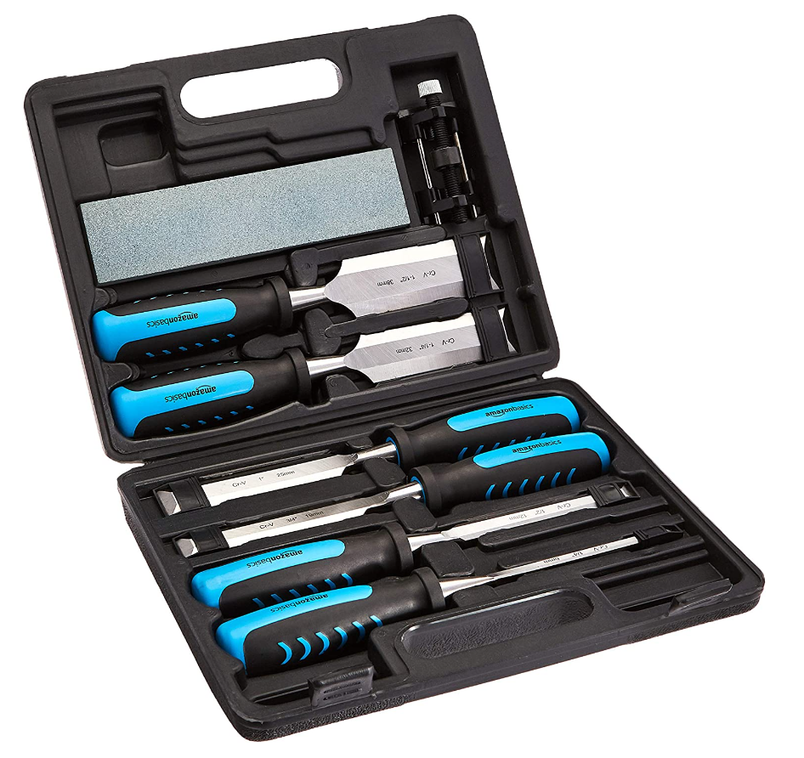
Japanese wood chisels belong in their own category. Many veteran woodworkers consider them the best wood chisels. For one thing, almost all Japanese wood chisels are individually hand-forged by a single craftsman. That biggest selling brands may not identify the craftsman involved in the making but you can be reasonably sure that the process is the same.
Why Elite Woodworkers Want Japanese Wood Chisels (wherecanibuythat.us)
Japanese wood chisels are laminated. The cutting edge is a thin layer of very hard, high-carbon steel forge-welded to a thicker piece of low carbon steel that forms the body of the blade. The thicker layer of soft metal absorbs the shocks. The cutting edge can be quickly honed to maximum sharpness. Japanese wood chisels merit their own presentation.
In this guide, we will cover everything you need to know about Western-style wood chisels – from their various types and sizes to choosing one based on your project requirements.
 Are you a woodworker with dreams of setting up a fully equipped workshop without breaking the bank? Say goodbye to the frustration of bad tools and costly mistakes with Ralph Chapman’s Ultimate Small Shop Guide. Drawing on over 20 years of woodworking experience, Chapman provides a step-by-step blueprint to help you create a functional workshop for under $1,000. Learn the secrets of tool selection, space optimization, and shop layouts, and discover a hidden source for quality tools at up to 70% off big-box retailer prices. Don’t let common pitfalls derail your woodworking journey—invest in the Ultimate Small Shop Guide and start crafting your projects with confidence today! Advertisement
Are you a woodworker with dreams of setting up a fully equipped workshop without breaking the bank? Say goodbye to the frustration of bad tools and costly mistakes with Ralph Chapman’s Ultimate Small Shop Guide. Drawing on over 20 years of woodworking experience, Chapman provides a step-by-step blueprint to help you create a functional workshop for under $1,000. Learn the secrets of tool selection, space optimization, and shop layouts, and discover a hidden source for quality tools at up to 70% off big-box retailer prices. Don’t let common pitfalls derail your woodworking journey—invest in the Ultimate Small Shop Guide and start crafting your projects with confidence today! Advertisement3 Different Wood Chisels
Bench Chisels
Bench chisels are multi-purpose woodworking chisels that are used for chopping and paring wood. Bench chisels come in bevel edge, firmer, or registered shapes. Beveled edge bench chisels are great for getting into tight corners and angles of joints. These tools can be used for a variety of tasks, from basic carpentry to more advanced work such as fine carving. Bench chisels are one of woodworkers three staples.
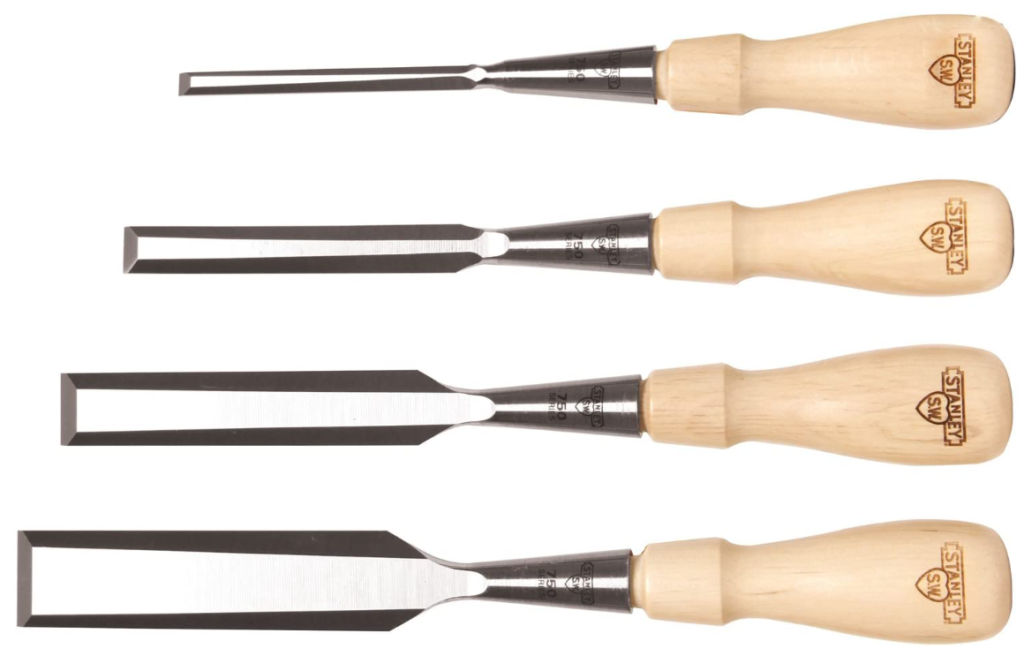
Mortise Chisels
Mortise chisels are used for heavy chopping of mortises and to cut holes in wood. They come in various types, each with its own unique features. For example, “Sash” mortise chisels are lightweight and have a square-end that makes them ideal for making precise mortise cuts. On the other hand, “Pig Sticker” mortise chisels have an offset handle that makes them easier to use for larger mortises. Traditional English “Pig Sticker” chisels are much stronger than the smaller and weaker “Sash” mortise chisels. These chisels are large and thick, making them ideal for carving out deep mortises in the toughest hardwood. Overall, mortise chisels are powerful tools that can be used to create precise joints in wood.
Paring Chisels
Paring chisels are thin chisels used for precise detail work and finishing touches. They have a low angle sharpening which aids in cutting end-grain and other difficult grain. Paring chisels should never be struck with a metal hammer or even a softer mallet. They are hand tools only.
Lathe Cutters
A variation on the wood chisel, wood lathe tools provide smooth and clean cuts with different types of cutters designed for different grinding effects.
How to Choose the Right Wood Chisel
When choosing a chisel, you should consider the durability and sharpness of the blade, the size of the chisel, the type of cut you need to make, and the type of wood you are using in your project.
Socket vs. Tang Handle
Woodworking chisels can be attached to their handles in a variety of ways. One popular and cost-effective way is by attaching the blade to socket handles. A socket chisel is be more easily handled and the connection results in a more durable tool. Tang chisels, on the other hand, have a pointed metal tang that is fastened inside the wood chisel handle. This allows tang-handle chisels to be pointier and more accurate on deep cuts than non-tang chisels.
Handle Material
- Chisel handles are made from wood or plastic. Choice is more personal than practical as both materials can do the job equally well.
- Ergonomics are important – look for a handle that fits your hand size and allows you to get the job done without straining or tiring your hands.
- Durability is a factor if you will be using a metal hammer or a mallet to make deep mortise cuts with the chisel. It is generally believed that socketed chisels are better able to withstand hammer blows than chisels with tangs. Some handles, like this Buck Brother’s 3 piece set, are capped with metal specifically for hammering.
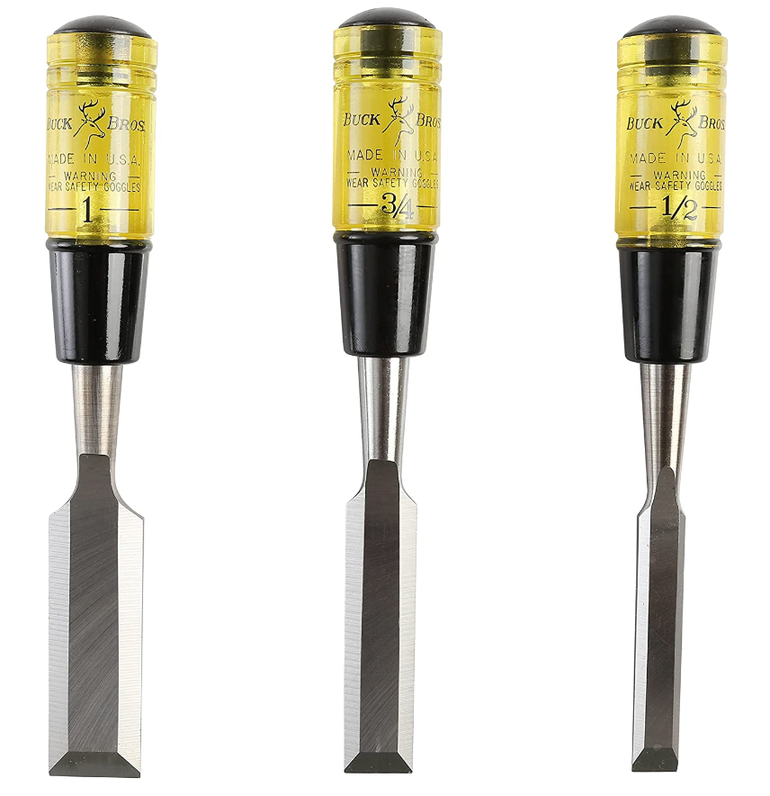
Blade Material
High-carbon steel and vanadium steel are commonly used as blade material for wood chisels. These materials offer different advantages and strengths, depending on the type of chisel you are looking to buy.
If you are using a chisel for heavy-duty tasks, such as cutting wood or concrete, you will want to opt for a chisel made from high-carbon steel, which has proven durability and strength. However, if you are working with lighter materials such as soft wood or plastic, a chisel made from vanadium steel would be more suited to your needs. This type of chisel will be stronger and tougher than carbon steel, allowing it to retain its sharp edge longer.
Blade Width and Length
Wood chisels come in a wide range of widths and lengths, with the width of wood chisels varying from 1/16 inch to 3 inches. The length of wood chisels can vary significantly, with longer blades providing more control. Paring chisels have thin, long blades for detailed work. Short chisels are useful for accessing tight spaces.
Essential Sharpening Accessories
The essential wood chisel sharpening tools and accessories include:
1. A honing guide – This is a device that holds the chisel in place to ensure an even edge when sharpening.
2. A sharpening stone – This is used to sharpen and hone the blade of the chisel. Different stones are available for different purposes, such as fine-grit stones for honing or coarse-grit stones for reshaping or grinding the blade.
3. Water stones – These are flat stones soaked in water, which can be used to sharpen and hone the chisel blade with minimal effort.
4. Oil stones – These are oil-soaked stones that can be used to polish the blade of a chisel for a finer finish.
5. Angle guides – These are devices that help you maintain the correct angle when sharpening your chisel blade, ensuring a consistent edge and preventing accidental damage to the tool.
6. File guides – These are designed to help you get a consistent edge when filing down your chisel blade.
7. Sandpaper – Sandpaper is often used to finish off edges after honing or polishing with a stone, giving them a smooth and even finish.
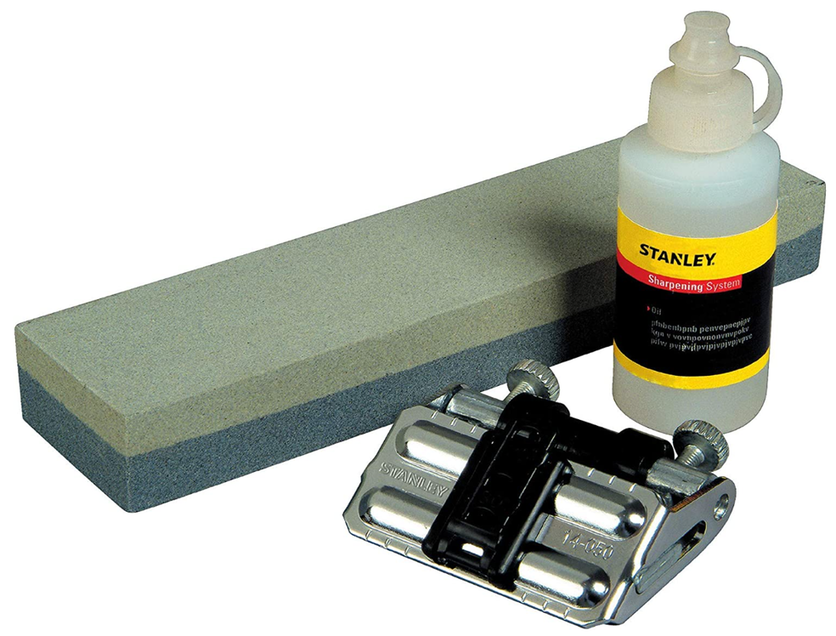
If you’re going to banging on the chisel, wooden or plastic mallets are preferred over metal hammers to prevent damage to the chisel handle and to the edge. You hand will fare a bit better on a miss too.
You also need a storage solution that prevents your chisel edges from contacting hard surfaces or each other.
Tips for Sharpening and Reshaping a Wood Chisel
A dull chisel is just another piece of metal. Use your guides and stones can keep your wood chisels razor sharp and ready-to-go.
If the chisel is damaged or has lost its edge, you can reshape it on a belt sander or grinder set at a 25-degree angle. After sharpening, you should polish the back of the chisel using progressively finer wet/dry sandpaper.
Safety Tips for Using a Chisel
- The number one tip is to always ensure that all body parts are on the opposite side of the cutting edge. In other words, do not cut towards your hands and body.
- If you are using a mallet be sure that the chisel handle is impact-resistant and not damaged in any way.
- Keep your chisels sharp. Sharpen the chisel to a 25-degree angle. This angle ensures that the sharpening action is consistent and uniform across the surface of the chisel.
- A wood chisel is not a pry bar. Broken edges can fly and cause series damage.
- Gloves and eye protection are a must with heavy work.
Using the Right Chisel for the Cut
Working with chisels takes time and practice to become proficient. Start by practicing using different types of chisels on softer woods. You will get a better feel for how deep the chisel will cut at certain angles.
Mortise cuts
Mortise chisels are designed for carving out mortises, or holes, in wood. They are generally thicker and heavier than paring and bench chisels, and are better suited for withstanding heavy blows from a mallet.
Bench chisels can chip in this heavy work. Mortise chisels come in multiple sizes and shapes, including straight-edged chisel, skew chisel, bench chisel, and more. Smaller mortise chisels, such as sash chisels, are suitable for more intricate mortise work.
Paring cut
Paring chisels, also known as paring knives, are specialized tools used to quickly and accurately cut wood with their sharp edge. They have a thin blade and are best used for delicate work such as fine detailing or finishing touches.
Chopping cut
The chopping cut technique is used to remove large chunks of wood. The chisel must be sharp and in good condition, and the wood must be dense and close-grained for successful results. A direct blow from a hammer or mallet is required.
The steeper angle requires it to dig deeply into the wood fibers to produce a clean, sharp, and precise cut. Paring chisels are thinner than other types and should not be used for chopping cuts; they are best used for fine detail work. The chopping cut method should only be used with heavy-duty chisels, such as bench chisels or mortise chisels, as these tools can handle the extra weight and sharpness required for this type of work.
Chop and pare
Paring chisels are typically shorter and thinner than bench or mortise chisels, making them more effective for finer work. These tools are best suited to make thin slices for the delicate work of removing burrs and debris from a larger cut. They are also useful for cutting small mortises in woodworking projects.
Scraping
Paring chisels can be used to scrape wood. This involves a slicing motion with hand pressure applied to the chisel. The depth of the chisel can be adjusted by the angle it is presented to the wood. When scraping wood with a chisel, use two hands to present the chisel to the wood. This will ensure better control and reduce the risk of accidental injury.
People Also Ask
https://shop.sculpt.com/steel-pneumatic-wood-carving-flat-chisel-1-08mm.html
https://shop.sculpt.com/steel-pneumatic-wood-carving-gouge-6-19mm.html
https://www.familyhandyman.com/pro/
https://www.familyhandyman.com/topics/saving-money/
https://woodandshop.com/woodworking-hand-tool-buying-guide-handplanes/
What safety measures should I take when using a wood chisel?
Whenever you are using a wood chisel, it is important that you take proper safety precautions to avoid any accidents or injuries. Here are some tips that will help:
- Always be sure to keep your “soft bits” (fingers, hands, and other vulnerable body parts) away from the cutting edge of the chisel.
- Sharpen the chisel prior to use to ensure it is at a 25-degree angle – this will provide the best control and performance when chiseling wood.
- Use a belt sander or grinder to remove any nicks and shape the chisel correctly. This will give you better control over the woodworking process and make it easier for you to work with precision.
- Make use of an impact-resistant plastic handle for extra protection and comfort. You can also consider keeping an old chisel for cutting nails or scraping caulk as this can be dangerous if done with the sharp edge of the chisel.
What techniques should I use when sharpening a wood chisel?
If you want to sharpen your wood chisel, there are several techniques you can use. Firstly, you’ll want to set the angle of the chisel correctly. This is done by reshaping the chisel to a 25-degree angle using a belt sander or grinder.
Next, you should polish the back of the chisel by rubbing it back and forth over progressively finer wet/dry sandpaper, starting at 120 grit and going up to 600 grit.
Once that’s done, set a honing guide at 30-degrees to create a secondary bevel for additional sharpness. You can then gradually sharpen the chisel from 220 grit through 400 grit and all the way up to 600 grit.
Finally, never use a mallet on paring chisels as this will damage the tool and you won’t be able to get the sharp edge that woodworking tools require. With these steps in mind, you will be able to sharpen your wood chisel with precision.
Are there any special maintenance tips for keeping my wood chisels in good condition?
Keeping your wood chisels in good condition requires special maintenance. Here are some tips that you should consider:
- Clean your hand chisels after each use with a soft cloth and light oil. This will remove any sawdust residue, dirt or grime from the blades and protect them from rusting or dulling.
- Store your chisels in a safe place away from moisture, direct sunlight or extreme temperature changes. A toolbox or drawer is ideal for chisel storage.
- Sharpen your chisels regularly to ensure optimal performance when woodworking.
- Use protective sleeves when transporting chisels to protect the sharp blades from impact and damage.
- Avoid leaving your chisels in direct sunlight as it may cause damage to the wood handle and metal blade over time.
What are some tips for sharpening a wood chisel?
Sharpening a wood chisel can be tricky but with the right tools and steps, you can have an edge that’s sharp enough to work with various types of wood in no time. Here are a few tips to help you sharpen your chisel:
- Use a belt sander or grinder to remove nicks and shape the chisel to a 25-degree angle. This is important as it helps the wood chisel cut more efficiently through wood.
- Once the chisel is shaped, polish the back using progressively finer wet/dry sandpaper, pressing the back perfectly flat against it. This will further refine the shape of the chisel for even better performance.
- For a finished sharpening job, use a honing guide to hold the chisel at a 30-degree angle and run through different grits of sandpaper starting at 220. This creates a “secondary bevel” that gives the chisel an extra sharp edge.
- Lastly, test the sharpness of the wood chisel regularly. If it’s still not sharp enough, repeat the steps mentioned above until you get your desired result.
What projects or materials can be worked with a wood chisel?
Wood chisels are a versatile tool that can be used for a variety of projects and materials. They work great for woodworking projects and furniture making, as they can help create the perfect joints and edges. Wood chisels are also very handy tools when it comes to shaping metal or chipping away at wood and stone.
References:
The Woodworker’s Bible: A Complete Guide to Woodworking by Percy W. Blanford
The publisher earns affiliate commissions from Amazon for qualifying purchases. The opinions expressed about the independently selected products mentioned in this content and any instructions or content shared are those of the publisher, not Amazon.

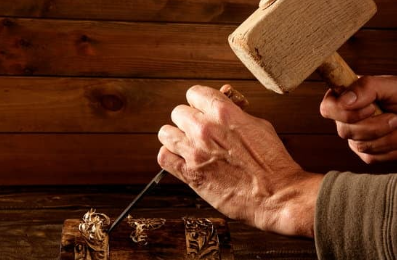
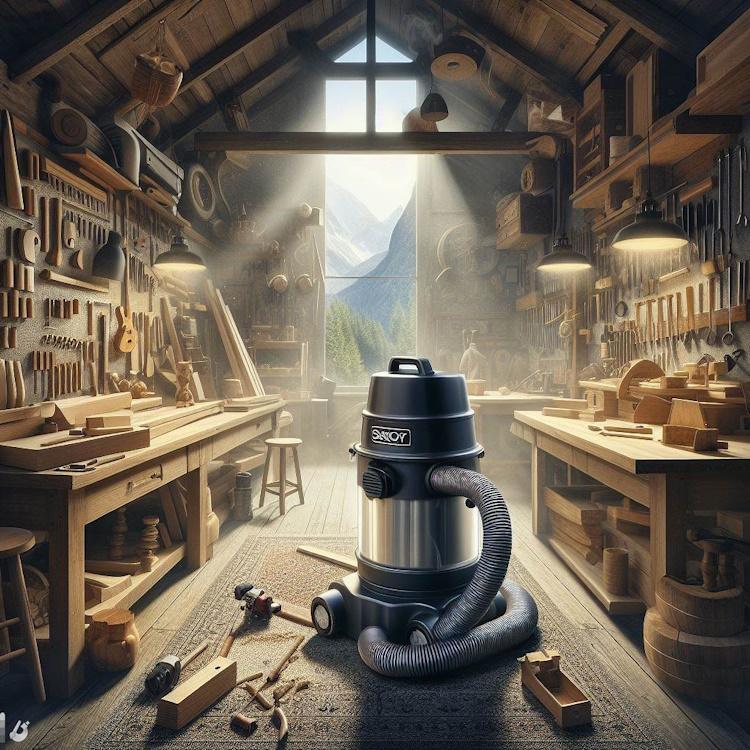
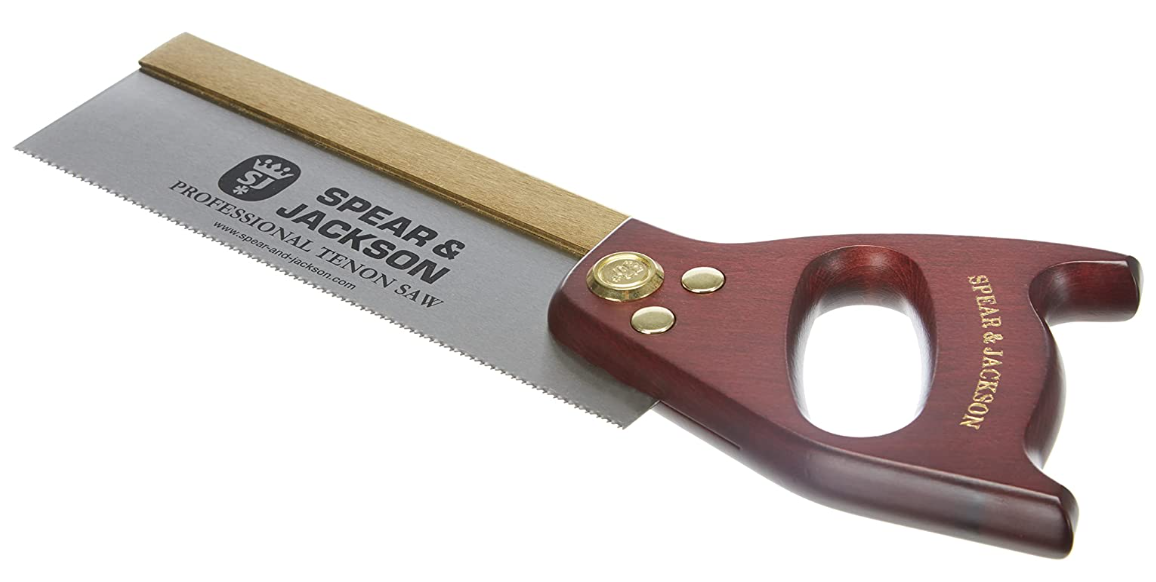
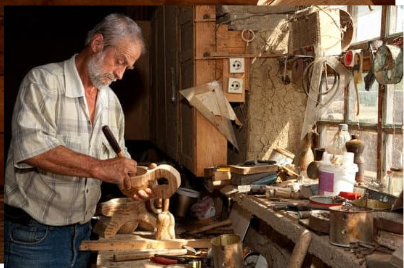
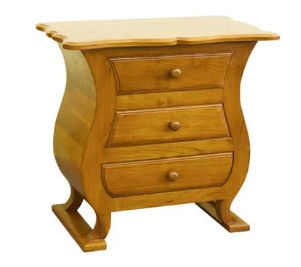

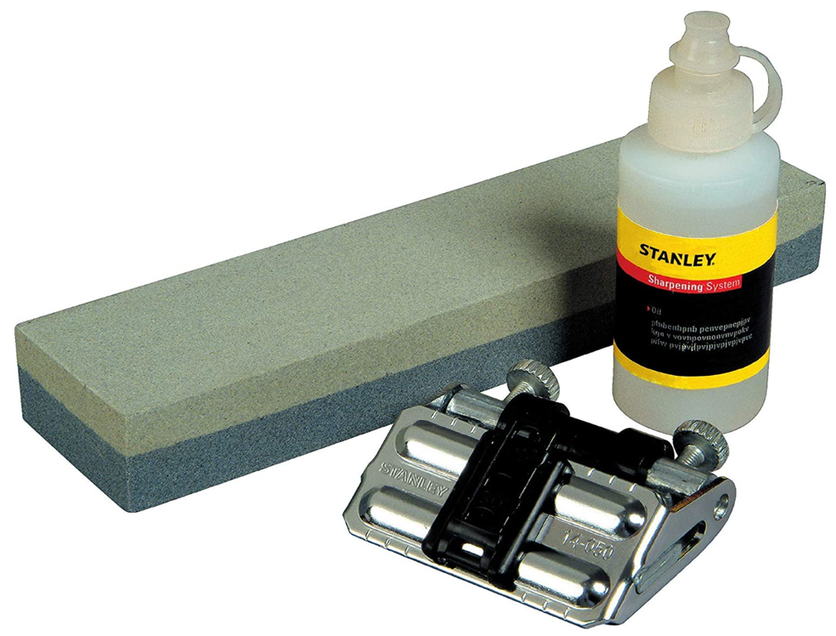


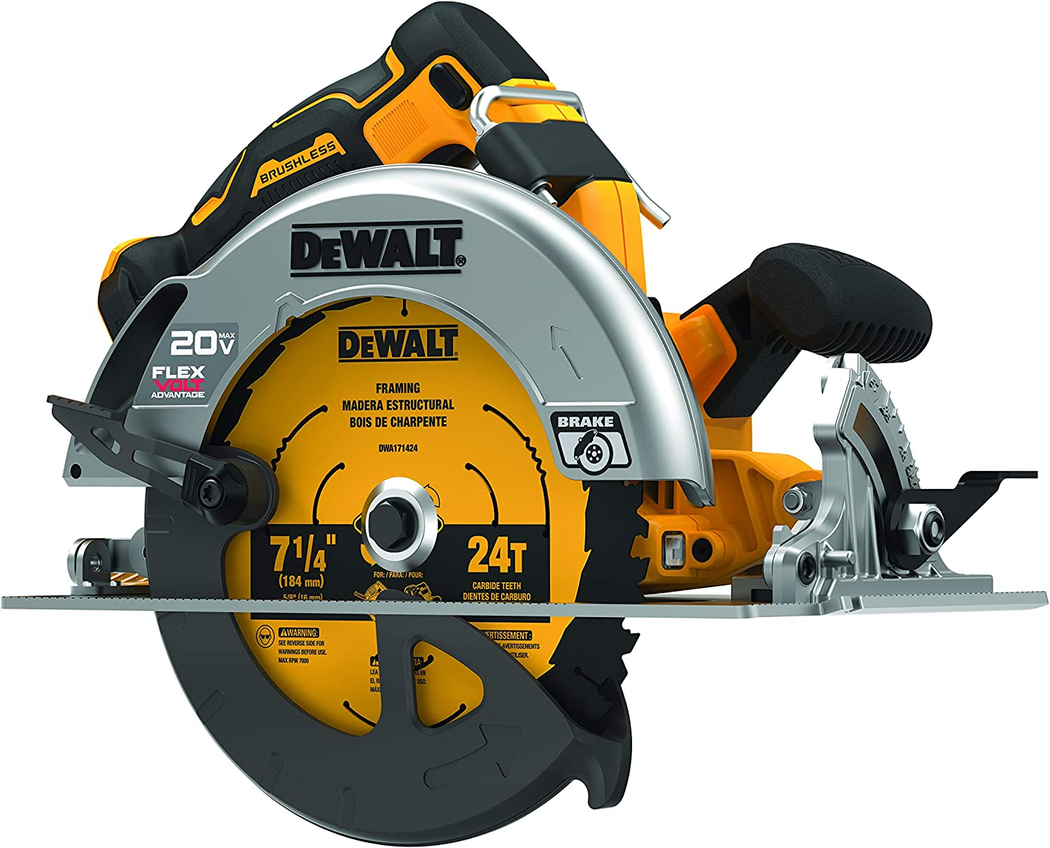
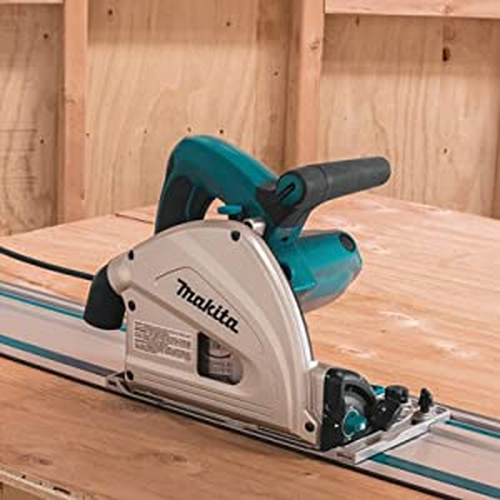
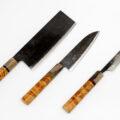
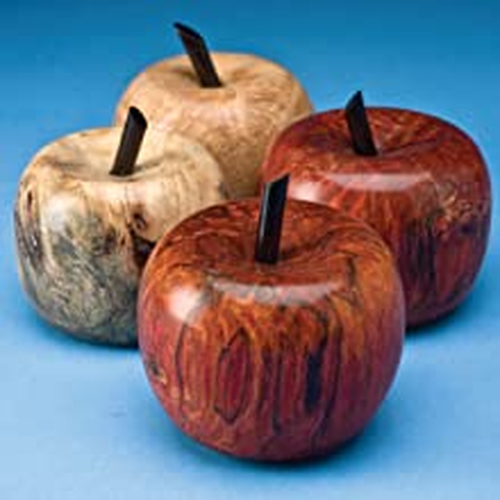

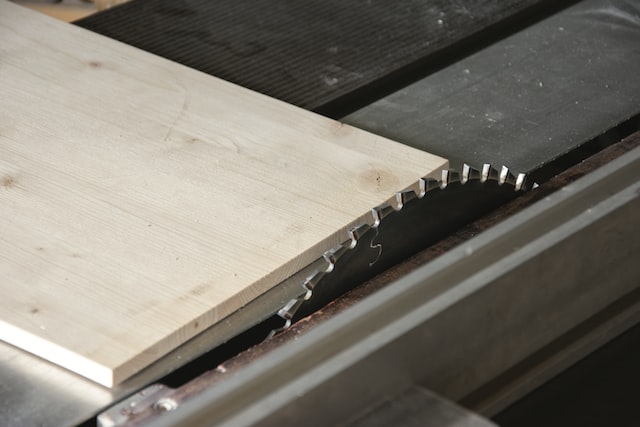

2 Comments